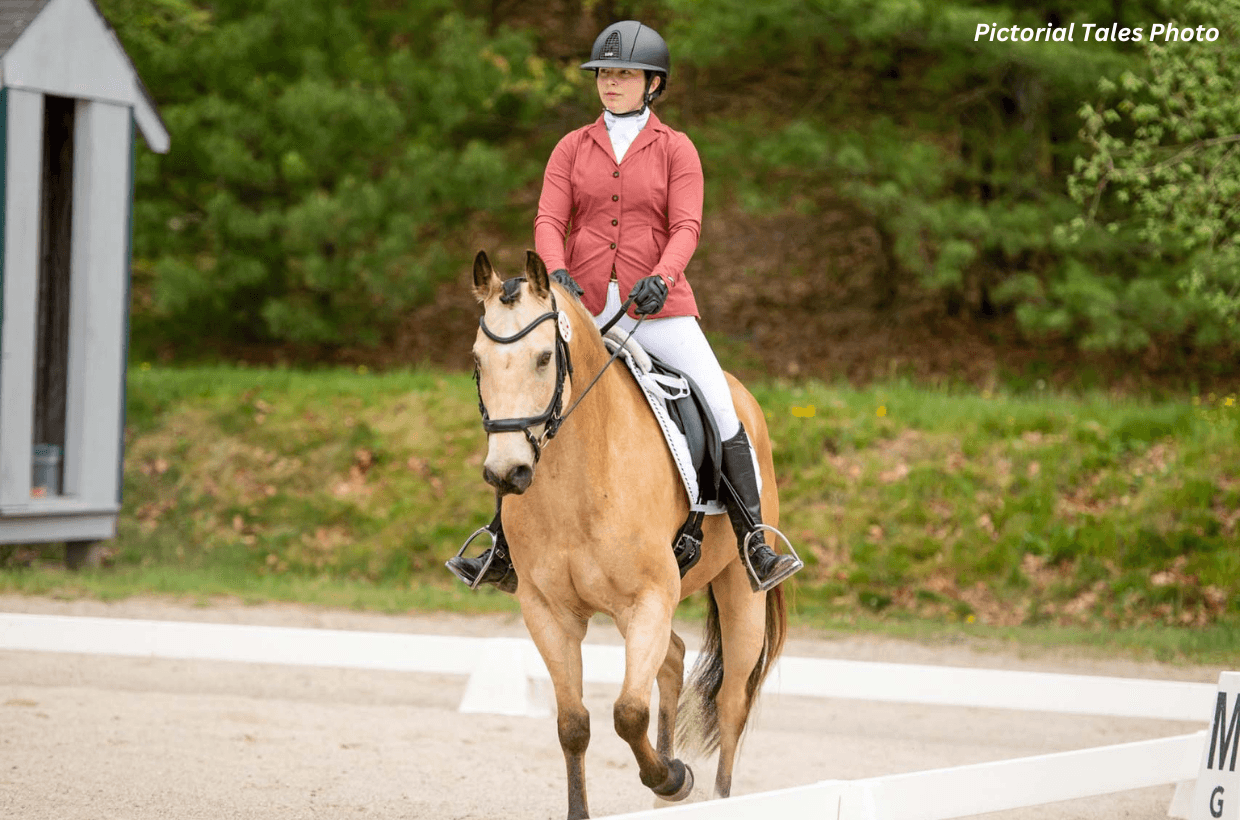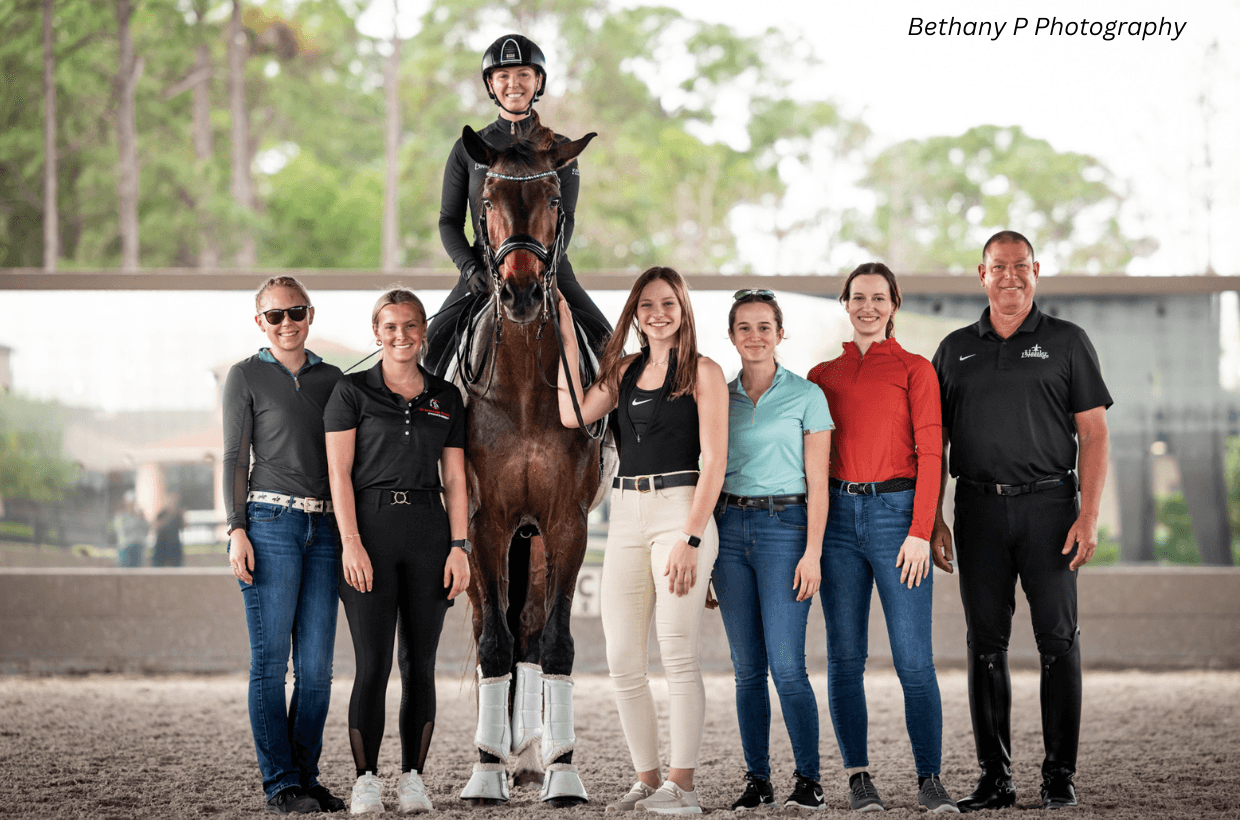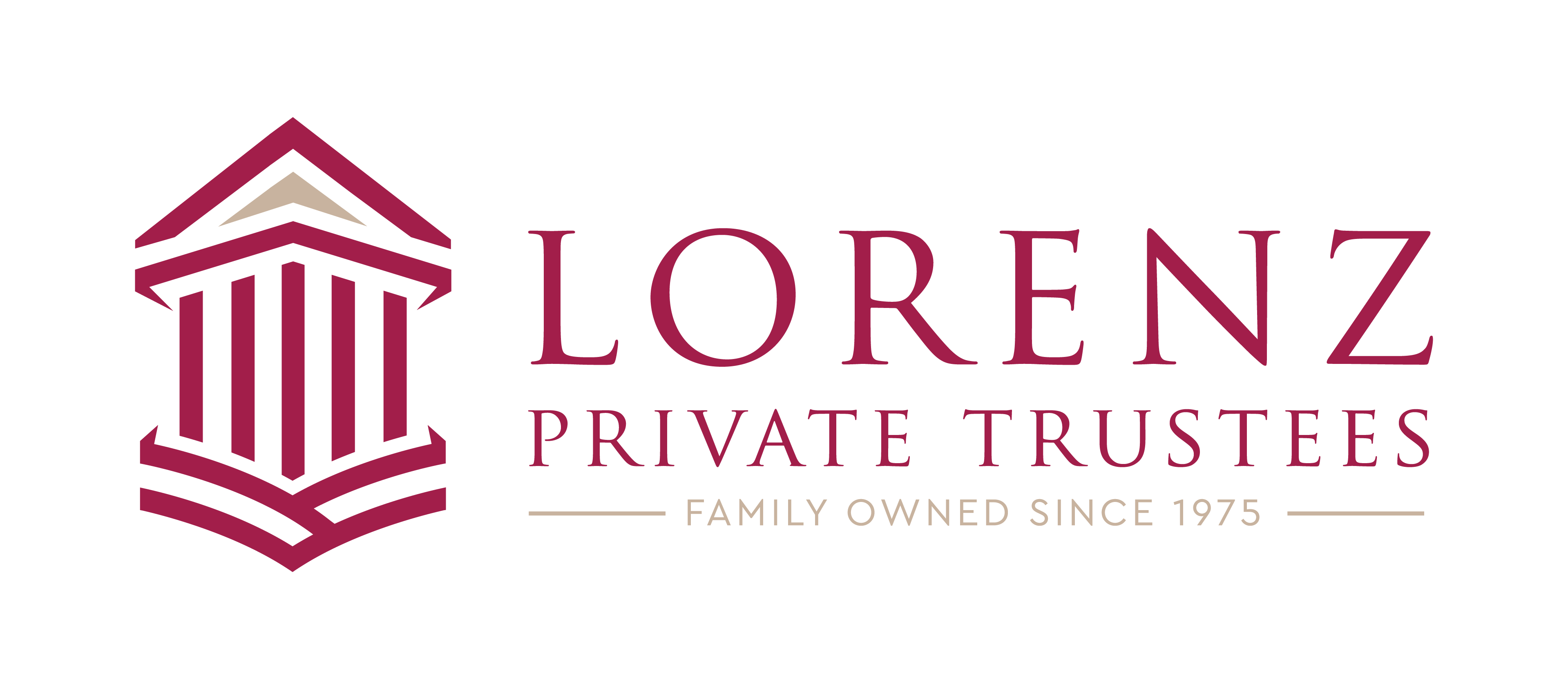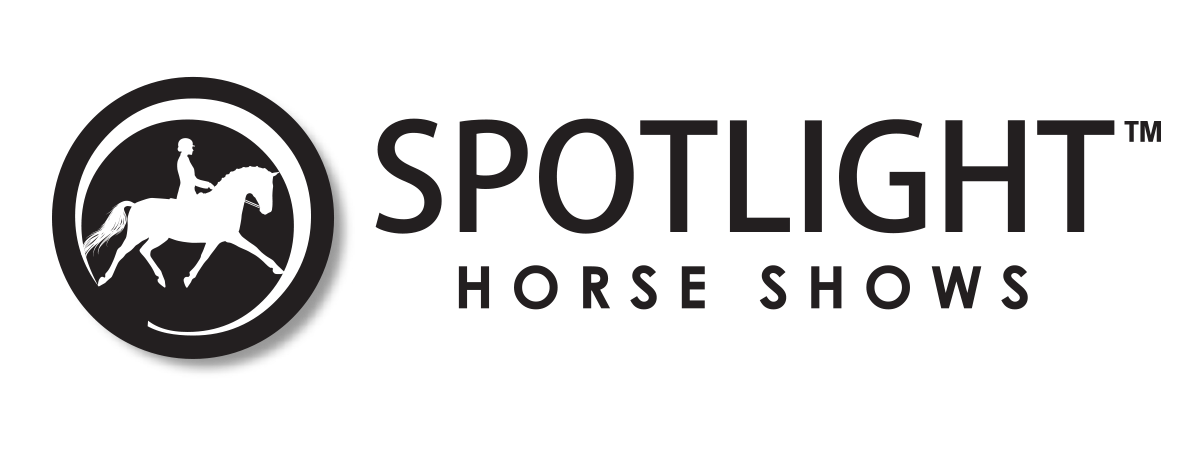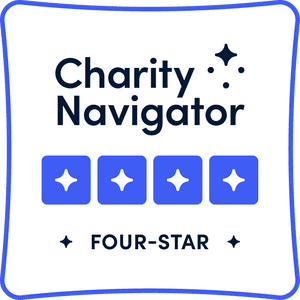Kimberly Watts: Gifted Fund for Adult Amateurs Grant Report

This once in a life time opportunity was afforded to me from the generosity of the Gifted Fund and The Dressage Foundation. I can never thank them enough.
My week at DG Bar under the tutelage of Willy Arts helped me meet my proposed training goals and gave me insights to dressage and life.
My goals:
• Continue to work the movements of Training Level.
• School First Level movements.
• Maximize my effectiveness in the saddle.
• Create a better partnership with my horse.
How hard could it be to write about one of the biggest dressage educations of my life? But that was exactly the problem. I have started and stopped writing this piece so many times that I’m embarrassed to admit. My original drafts contained daily details and recounts of my time in the saddle plus what I learned by watching extremely talented horses and riders. But the scope and depth of my dressage experience this last year makes it impossible to touch on each thing with the significance it deserves. So, I took my notes and videos and put them where I review them frequently. They help refresh my day to day riding, keep me focused and on goal. Being able to relive that week helps keep the experience in my brain and my muscle memory.
To keep from rambling, I decided it was better to share a few of the things that advanced my learning from the academic to “feel’ and to true understanding.
As a dressage rider we know: Ride from back to front. What that feels like:
• No pulling—left, right or back.
• Be able to lower the neck.
• The neck is a balancing pole not a steering wheel.
• Always get a reaction (wrong is better than nothing).
• If the rider is leaning forward, she is dropping the reins, and dropping the horse on to his front end.
• If your reins are in your lap, the horse is already behind the leg.
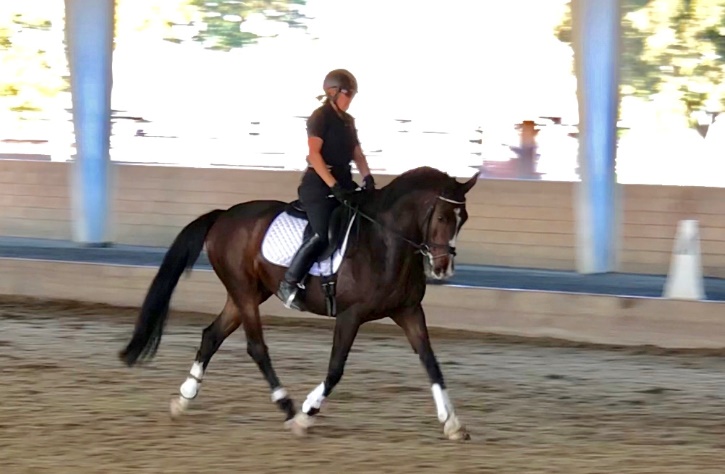
Just like the rider needs to understand, so does the horse.
Building understanding:
• Ride the horse exactly where you want to go.
• Ride through feel – between both reins, both legs.
• Every impression you make – every time you use your leg, every time you ask something – get the proper response.
• If you don’t get the proper response, the horse doesn’t learn. And he is not going to understand your aid.
What riders know: Impulsion can be developed when the horse has at least the basics of rhythm, relaxation, and connection.
What that feels like:
• Make the walk a little shorter.
• Sit a little taller
• Touch the horse behind saying “a little more active” (as little as possible, as much as necessary).
• Then, the upper body slows the horse down.
• Reestablish the activity – the rider’s legs ask the horse’s hind legs to come forward. At the trot, this would translate into more off the ground, not a quickening of the gait.
• The gait gets bigger and better.
• The horse carries himself.
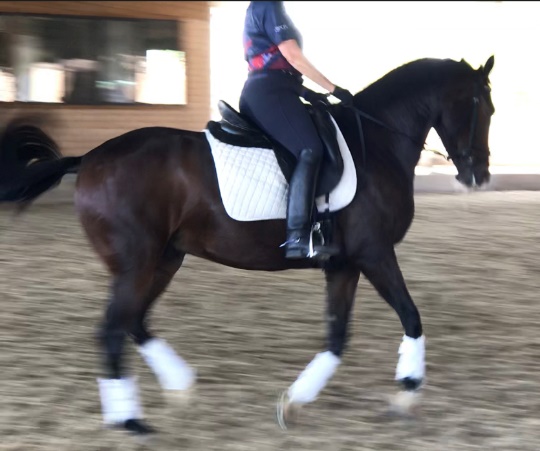
One of my favorite analogies from Willy is that of the stop light or sign. If you are driving a car and come to a stop. You don’t turn off the car just because you need to stop. The engine is still running. The same goes for the horse. When you come to a halt, the horse’s engine still needs to be running. The horse stays tuned into the rider, engaged. It amazes me how this story lends clarity and focus to all my transitions, not just the halt.
Dressage training requires consistency and clarity:
• Too many words and too many ideas just become overwhelming and have little value to the horse or rider.
• One point at a time to build on – dressage as in life.
•The message has to be clear.
• The clear simple steps add up.
The steps have to be so clear that even a non-horsey horse husband can understand. My husband, Ray, came up to DG Bar for the first time and filmed my session for one of the one days. (That was a rare treat!)
One exercise we were schooling was the half pass across the diagonal into a circle with the haunches in – no reins, no pulling, just off the seat and leg aids, then continuing on in the half pass. As we worked, the circle would become smaller as long as balance and position were maintained. That night Ray commented on how that exercise looked like a big pirouette. Exactly! Until then, not that he thought much about it, Ray thought pirouettes were a separate thing to be trained.
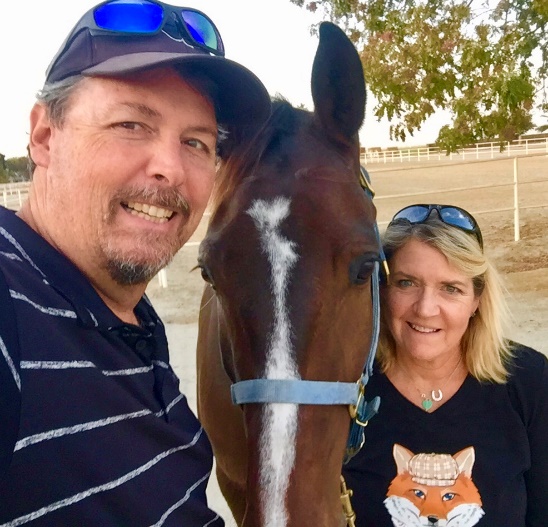
Now that I have been home, I spend a lot of time reflecting on the way my horse moved and felt while there. Also, on how the same lessons applied to the just started three-year-old as they did to the Grand Prix horse. The horse’s inherent talent is not as important as the training enhancing the quality of the horse’s movements and life.
Some of my daily mantras:
• Every horse, every ride starts at the walk. This is where the rider checks that the horse is listening.
• The horse must be reaching to the bit, working from the hind.
• The key thing is to get a reaction from the horse to the rider’s leg.
• The horse shouldn’t run from the leg, but reestablish the activity.
• The rider’s legs ask the horse’s hind legs to come forward. At the trot, this would translate into more off the ground, not a quickening of the gait. The gait gets bigger and better.

Dressage is my passion and it colors so many aspects of my life. Horses and riding have helped me through some rough times and enhanced the best of times. Thank you again for this rare opportunity.
Forward transitions,
Kimberly Watts

